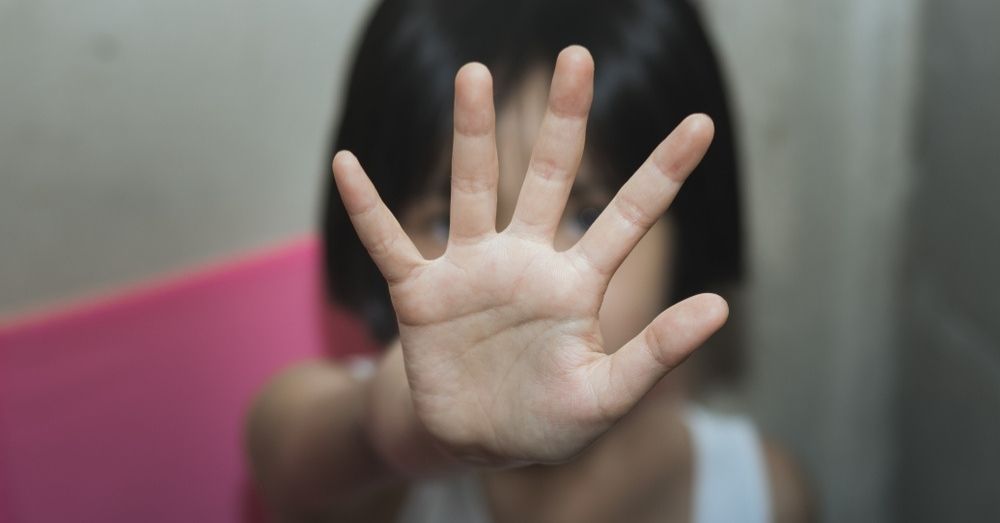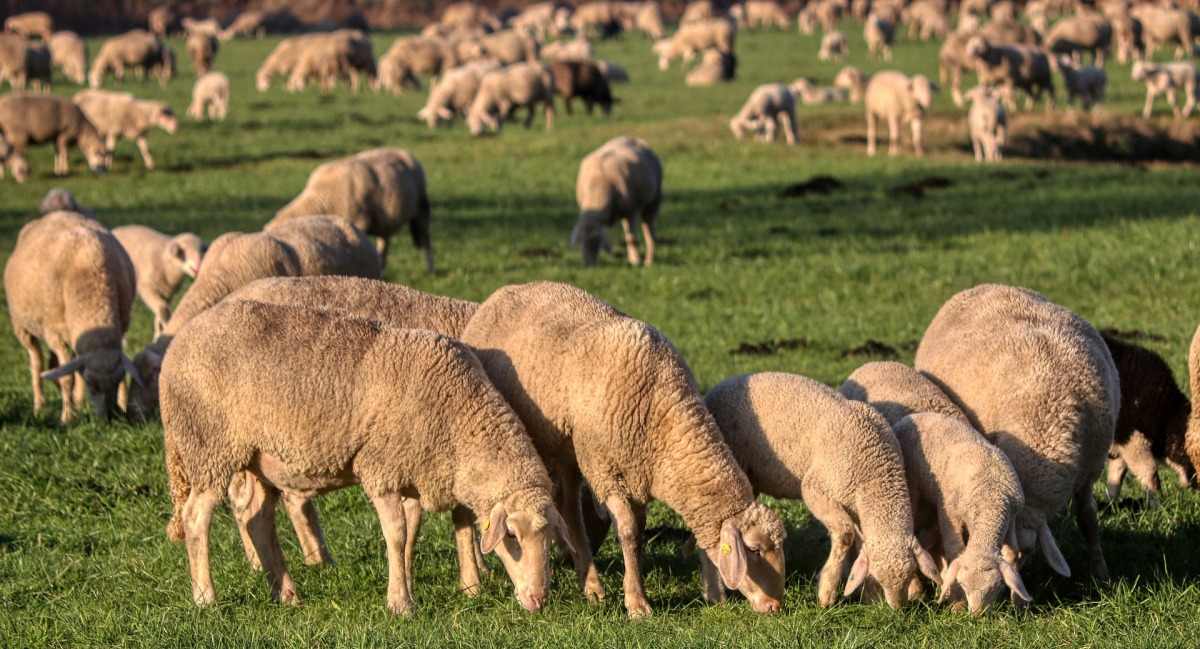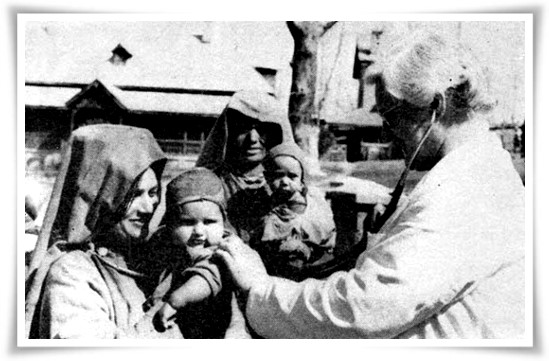By Muzamil Bashir
“This is a universal crisis and, for some children the impact will be lifelong” was the observation made by United Nations Children’s Fund (UNICEF) concerning the COVID-19 pandemic. The United Nations agency stated that the harmful effects of the pandemic will not be distributed equally. “They are expected to be most damaging for children in the poorest countries and mostly for those in already disadvantaged or vulnerable situations.” Given there is no sign that any headway has been made on the development of COVID-19 vaccines for children, the fears raised by UNICEF are becoming harder to ignore.
A broad introduction to the impact of COVID-19 on children across the globe
The number of children living in multi-dimensional poverty has soared to approximately 1.2 billion due to the COVID-19 pandemic, according to the analysis by UNICEF and Save the Children. This is a 15 percent increase in the number of children living in deprivation in low and middle-income countries or an additional 150 million children since the pandemic hit earlier this year.
The pandemic has taken a heavy toll on the education system. As per a study by UNICEF titled “The impact of COVID-19 on Children”, 188 countries have imposed countrywide school closures, affecting more than 1.5 billion children and youth. Schools for more than 168 million children globally have been completely closed for almost an entire year due to COVID-19 lockdowns. Furthermore, around 214 million children globally – or 1 in 7 – have missed more than three-quarters of their in-person learning. The UNICEF has also predicted that malnutrition is expected to rise among 368.5 million children across 143 countries who normally rely on school meals for a reliable source of daily nutrition and now have to look to other sources.
The potential losses that may accrue in learning for today’s young generation and their human capital development are hard to comprehend. More than two-thirds of countries have introduced a national distance learning platform, but among low-income countries, the share is only 30 percent. Before this crisis, almost one-third of the world’s young people were already digitally excluded. Now the situation is more deepened due to the economic shattering.
Children in conflict settings, as well as those living in unsanitary and crowded conditions such as Child protection homes and Child Care Institutions (CCIs), are also at considerable risk.
Multiple news reports have already exposed serious child rights violations during the pandemic with a spike in child sexual abuse and experts cautioning towards an increase in other exploitative practices such as trafficking, forced labor, child marriage, etc. as a result of the social-economic impact of COVID-19.
In such severe circumstances, the push for assessing and developing community and family-based options for rehabilitating vulnerable children has taken a back seat while CCIs such as children’s homes have gained emphasis. CCIs house children that fall out of the safety net of their own biological families and enter the ‘alternative care’ system of protection.
A look at the COVID-19 situation at the national level vis-à-vis children living in the Child Care Institutions
In India, the COVID-19 has thrown many challenges at the children living in the Child Care Institutions (CCI’s) as well as the staff working in such settings. These challenges ushered in the need for a newer set of rules and compliance mechanisms. Amidst the lockdown, these rules were presented either in the form of advisories from the central and state governments or guidelines from the Supreme Court of India. All of these advisories and guidelines spelt out the significant need for following the compliances across CCIs for greater attention to care and protection of ‘children without parental care’. It is pertinent that the CCI managements have been trying their best to abide by the rules, set forth by the governments and SC, with limited resources.
Media attention has remained focused on vulnerable populations in India, such as nursing homes, prisons, and critical health. But the most vulnerable population – children living in government-run homes – have been ignored almost completely.
The impact of COVID-19 on Children living in Child Care Institutions and also the juveniles, who conflict with the law, lodged at different government facilities needed to be examined. The pandemic laid bare the deficiencies in the juvenile justice system including the lack of capacity and resources for meeting children’s needs.
As per the study conducted by the Ministry of Women and Child Development (MWCD), 53.6 percent of homes did not have an adequate number of caregivers per child, and only 28.7 percent of homes had adequate food.
The Supreme Court stepped in to intervene in the grave issues faced by the Children, who fall within the ambit of Juvenile Justice (Care and Protection of Children) Act, 2015, due to the spread of Coronavirus. The Court directed the CWC’s to take all precautions and preventive steps while conducting their inquiries and inspections. It also asked the Committees to consider if children need to be kept in Child Care Institutes (CCIs). It further directed for consideration of gatekeeping and to encourage institutionalization as the last resort.
CWCs were directed to consider robust monitoring of cases for children who will be sent back to their families and prevention of all forms of violence via the latest technologies. The Supreme Court also issued directions to Juvenile Justice Boards (JJBs) and Children Courts to consider taking all steps possible to prevent the spread of the contagion among children residing in such homes, and has also asked the courts to consider their release on bail. The state governments have been directed to circulate all advisories and guidelines to all the CCIs. The apex court also directed taking care of the children’s psychological health during the pandemic.
Keeping in view the fact that children in detention in overcrowded and under-resourced institutions would be in grave danger due to the COVID-19 pandemic, the United Nations also recommended decongesting children’s facilities by sending them back home and, where needed, even introducing ‘community sentencing’.
How vulnerable children in Jammu and Kashmir are coping with the COVID-19 pandemic:
Soon after the outbreak of the deadly pandemic, children in Jammu and Kashmir faced mental health problems. Hundreds of cases – 90% of cases through telephone and 10% face-to-face sessions – have been reported at the child guidance and well-being center run by UNICEF at the Shri Maharaja Hari Hospital (SMHS). As per the reports published by various news platforms, the center has provided psychiatric help and counselling sessions to hundreds of cases since the outbreak of COVID-19. In 50%-60% of child mental health cases, the children were suffering from high levels of anxiety, distress, panic attacks, and suicidal thoughts were prominent.
As per the study conducted by Child Rights and You (CRY), a Non-Governmental Organisation focusing on children’s rights 77% of children of age 0-5 years were not able to access basic healthcare services such as immunization during the lockdown in Jammu and Kashmir. Furthermore, according to the study, in Jammu and Kashmir, nearly 35 percent of the respondents said their children did not receive medical help during the lockdown, resulting in difficulties to cope with their children’s illnesses and health hazards.
With online classes introduced as a substitute for schools during the lockdown, access to education for children remained a major issue of concern in Jammu and Kashmir, especially for the children from marginalized and financially poorer backgrounds with smartphones and internet access.
However, the Department of Social Welfare UT of Jammu and Kashmir, supported by the machinery of Integrated Child Protection Services (ICPS), was instrumental in neutralizing the difficulties faced by the children, especially those living in the government-run facilities. The ICPS was instrumental in implementing the advisories and the directions of the Supreme Court to mitigate the problems faced by the children.
Conclusion
It is a fact that the COVID-19 pandemic exposed the lacunae that existed in the system of child protection. The lessons learned during the peak of COVID-19 must be given the shape of pragmatic reforms and the same should be seen as an opportunity to plug the loopholes that may take a heavy toll on the overall development of the children in a crisis situation like that of 2019 and 2020. The directions passed by the Supreme Court and the recommendations of the United Nations need to be encrypted in the Child Protection Mechanism.
The entire child protection machinery being operated under the Ministry of Child and Women Development including the Integrated Child Protection Scheme needs to be fully mobilized to identify and support vulnerable children, and to take any future challenges head-on. Most importantly, there is an urgent need for case-to-case monitoring of the cases in child care institutions.
The government should ensure that educational alternatives are accessible to the children of all sections of society in light of the Right to Education Act. Digital classes apart, community education is pivotal to shatter the barriers of education for the poor and underprivileged children. It is not only a job but a sacred duty of every citizen of the country. Children are the seeds of today and flowers of tomorrow. We have to protect them from every bad situation that may arise in the future.
The author is working with the Child Protection Service
REFERENCES:
Website of United Nations Children’s Fund https://data.unicef.org/
Policy Brief titled “The Impact of COVID-19 on children (15 April 2020)” issued by United Nations Sustainable Development Group (UNSDG).
Study conducted by the Ministry of Women and Child Development (MWCD), Government of India.
Various researches published on the website (wcd.nic.in) of Ministry of Women and Child Development (MWCD), Government of India.
Report titled “Kashmir children facing COVID-19 mental health issues” published on web portal (https://www.aa.com.tr/en/
asia-pacific/kashmir-children- facing-covid-19-mental-health- issues/1876498) of Turkish News Agency “Anadolu Agency”. Rapid Online Perception Study about the Effects of COVID-19 on Children conducted by Child Rights and You (CRY), a Non-Governmental Organization published online on the website of the organization (www.cry.org).
Supreme Court Judgments related to the issue.
Multiple news reports from time to time.






Leave a Reply
You must belogged in to post a comment.